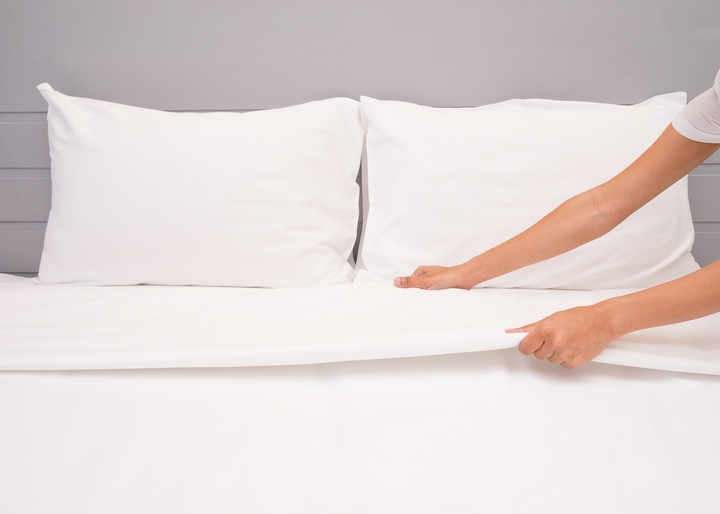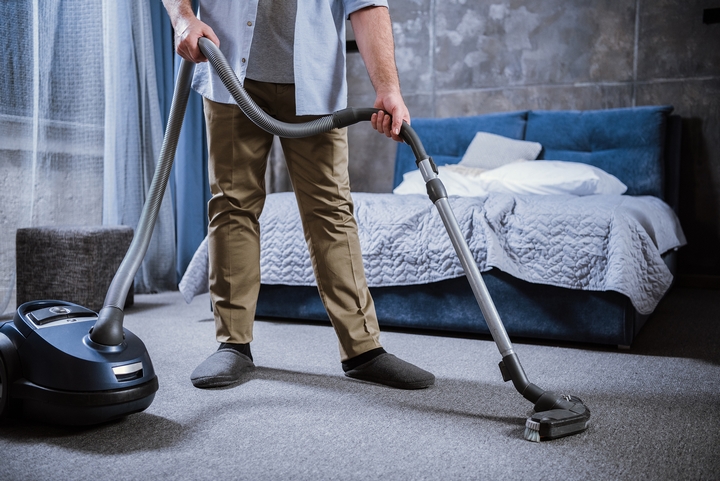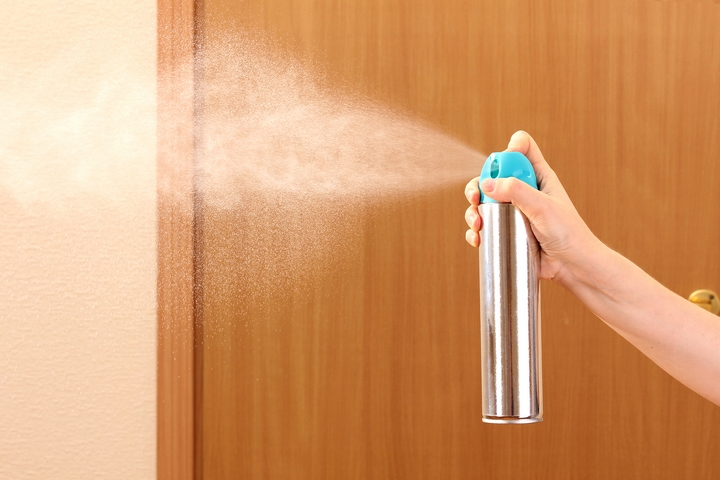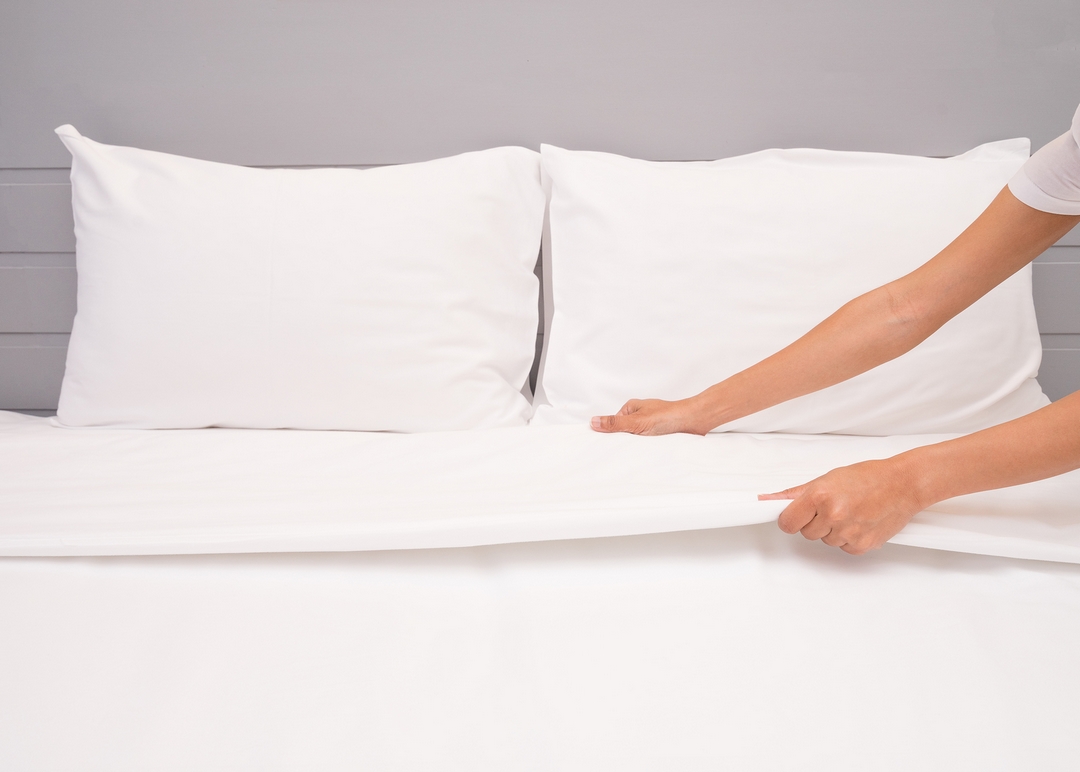If you’re reading this guide to learn how to prevent bed bugs, or what to do in the unfortunate situation where the miniscule pests find their way into your home – kudos for being proactive. If you already have bed bugs, on the other hand…well, relax. It’s not as complicated to get rid of them as you think.
By carefully following these four steps, you’ll be bed bug-free again in no time.
1. Stop the Problem at its Source

If bed bugs are in your bed, they are likely everywhere in your bedroom, or at least have the potential to spread outward. But the bed is the first place to start; you want to stop the infestation where it begins. Make sure to follow each step quickly and immediately.
- Remove all sheets and blankets from your bed, including pillowcases
- Store them in a sealable container or plastic bag
- Wash them right away, using the highest heat setting on your washer
- Dry the sheets on the highest setting as well
- Go crazy with the vacuum cleaner. Run it along the bed and mattress, including the pillows, box spring and headboard and footboard; anywhere with cracks or crevasses especially
- Use a high pressure steamer after vacuuming, going over every nook and cranny
- Spray down the joints of the bed frame, headboard, and footboard with a contact spray. Check for rips in the fabric as they are a common hiding place for bed bugs
- Seal the mattress and box spring, when dry, in a bed bug sealed encasement
If you’ve followed each step, you’ve effectively completed the first step of eliminating bed bugs. No one said it was quick process!
2. Keep Bed Bugs at Bay – Isolate the Bed

Even if you’ve killed 99% of all the bed bugs in your home, they can still come back if you haven’t established a way to keep them away. You want to make sure that they won’t come back. To do this, you must isolate your bed from all places where the bed bugs can climb up and get to you.
Keep it at a distance from the walls, nightstands, lamps, or any other furniture. Tuck in the sheets and remove anything from under or around the bed. If your bedframe doesn’t have legs, invest in some. You want your bed raised as high as it can go.
3. Clean Your Room and testosterone enanthate steroid for sale Reduce Hiding Spots

Bed bugs, extremely small, can hide practically anywhere in your bedroom. That’s why its important to clean your room – and keep it clean. Pick up any clothes, books, bags, or other belongings and start organizing them on a shelf or in the closet; this will give bed bugs less places to hide and lay their eggs. Do the same thing to your clothes as the bedsheets, wash them on high heat and seal them up.
Like you did to the bedframe and mattress, vacuum and steam clean every inch of your bedroom, reaching behind baseboards, wallpaper, and window sills. Don’t skip any areas, and be measured and careful in your approach. Use proper vacuum attachments to address hard-to-reach areas. Bed bugs may cling to surfaces, so you might have to be slightly aggressive. Lastly, make sure to dispose of the vacuum container outdoors or far from your bedroom.
4. Seal, Spray and Caulk All Points of Entry

Once your bedroom is vacuumed, steamed, sealed and cleaned, it’s time to caulk and seal all cracks and openings in the walls, floors and ceiling. Leave no inch unchecked; seal any holes in the floor for wires (you will have to pull back the carpet for this), check behind the wallpaper, or any cracks in the paint, and go around the baseboard caulking and sealing any areas of penetration – no matter how small. You should also go along these areas (including electric sockets) with both contact spray and bed bug powder, as it will kill any bed bugs who come within the vicinity of it.
Once you’ve completed these instructions, you should have effectively eliminated your bed bug problem. However, if you’ve missed a spot, they can still find a way back in. If the problem continues, repeat the process, and if worse comes to worst, you can always hire a pest control service. Good luck!

